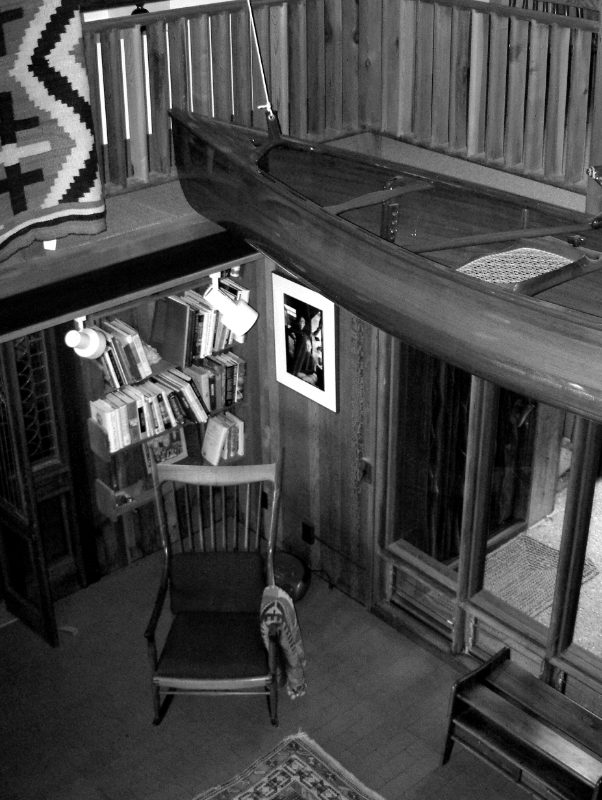Slavery is, of course, the great moral problem of American history. It can also be viewed as an unsustainable industry in the sense of those above. This is not to equate humans with whales or beavers; it is to say that all economies, even the worst ones, have an expression in material culture.
The architecture of slavery is especially important to preserve and recognize, because its political content is so powerful. Again, there is no 'architecture of slavery' in the strict sense of traditional architectural history; it's a category whose coherence is conceptual rather than physical or visual. However, it does have a fairly robust scholarly record. In particular, there is John Michael Vlach's excellent book Back of the Big House: The Architecture of Plantation Slavery (1993).
● ● ●
These stories may help inform the future of communities like Gillette, Wyoming, whose economy is built on coal mining. That industry is crippled and its future looks bleak, due to regulatory decisions. The reality is that our social/political systems have effectively decided that coal is unsustainable and should be phased out. (That reality could change, or not, in November.)
What can a community like Gillette learn from the examples above? Honestly, I don't know. Nantucket survived and thrived by developing a lobster industry then a tourist industry, while Bodie became a ghost town. Some slave-holding regions are quite wealthy today while others remain among the nation's poorest.
And what kind of architectural legacy did Gillette create during its coal boom? That too is not clear. It will likely take historical distance and perspective to discern the answer. Its charms are not immediately apparent.
More broadly, I sense that the economic lessons are more optimistic. The nation overcame the loss of these major industries, though some individuals certainly suffered. Major convulsions are not only survivable, but they are associated with progress. (The great world cities have major convulsions all the time, in fact it is likely what makes them great.) During these great shifts, huge amounts of structure and infrastructure, representing massive capital investment, are abandoned. Whaling villages, trading posts, mining towns, and plantations become historic sites, visited by tourists who may even work in the new industries which supplanted them.
● ● ●
Surely we live among buildings which represent industries whose future sustainability is in doubt. This is impossible to predict, of course. Some folks already preserve gas pumps and motor oil signs the way New Englanders preserved their whale-ornamented weather vanes. Will we have nostalgia for, say, the defunct cruise ship industry someday? Golf courses? Or might we tear down our (analogic) medieval walls, like Vienna did? What is today's equivalent of the fur trading outpost?




















